In the deep silence of the vast Russian pine forest, a small, lonesome figure was walking. It was just a few years before the outbreak of the Second World War. She had set out alone, without the permission of her parents, carrying only enough food to keep her on her feet for the long march. She was used to walking. Every day for years she had walked eight miles to and from her school in the little village closest to her home; she knew she could do it. Her self-belief and determined spirit drove her steadily on. She was fourteen years old. This was Roza Shanina. She walked one hundred and twenty miles all alone, at last reaching a train station. From the station, she took the train to the city of Arkhangelsk, where she enrolled in the city's college. She loved the city. The cinemas, the lights, the people and the bustle were worlds away from the isolation of her early years. She was friendly, quick, talkative, and highly intelligent, and so she made many friends. Often, she would...
Great Military Stories

The Revolutionary War – The Battle of Saratoga
The road to the American Revolutionary War - or War of Independence - began in the wake of the French and Indian War (1754 - 1763) when the government of King George III of Great Britain decided that the American colonies should share in the costs associated with the War by adding taxes to common goods, such as sugar, molasses and tea. These attempts were met with increasingly stiff resistance. American colonists claimed they were unconstitutional, suggesting that they deserved to have representation in the British Parliament if they were to shoulder some of the war costs. Taking a harsh response, the British instead used their military to allow their representatives to safely perform their tax collection and other duties. At the time, the loyalties among the colonists were divided. Historians estimate that one-third of colonists supported the American Revolution, one-third sided with the British, and one-third remained neutral about breaking away from British rule. Background of the...
Did World War II Soldiers Mutiny after V-J Day?
On May 8, 1945, the Allies accepted the formal surrender of Nazi Germany. The capitulation of the last Axis power in Europe marked the end of World War II there. The war in the Pacific, however, was still raging. American troops, along with the rest of the Allies, began to reorient their forces to concentrate on fighting the Japanese. But they didn't have to work for very long. Just a few months later, the Japanese Empire also surrendered. On August 15, 1945, the Japanese forces officially surrendered, and World War II was finally over (V-J Day). The Allies had won the war. What Was before V-J Day? Over the course of four years, the United States had enlisted, trained, equipped, and shipped some 7.6 million men and women overseas. They had done their duty, and they were ready to go home - they wanted to make it home by Christmas. Unfortunately, four months was not enough time to move millions of men from the four corners of the globe back to their stateside homes. Many...
Eileen Nearne – British WWII Heroine
The "Croix de Guerre" or "Cross of War," is a French military decoration honoring people for their resistance against the Nazis in WWII. Furthermore, being appointed a "Member of the Order of the British Empire" by King George VI for services rendered in France during the enemy occupation was a high British honor. Any man who was awarded such honors must have been a remarkable one. Only, in this case, we are dealing with a woman and a brave and tenacious one at that. The Perilous Life of Eileen Nearne in WWII Eileen Nearne, the woman who received these accolades, lived a perilous life in WWII. To a large extent, her exploits mirrored those of Charlotte Gray in the 2001 movie bearing the same name. The film, based on the novel by Sebastian Faulks, features the adventures of female agents in German-occupied France. But why have most of us never heard of Eileen Nearne? Is it because her missions were so top-secret that information never leaked out? Or is it like many events during the...

The Revolutionary War – Washington Crossing the Delaware
The American Revolution did not start off the way the Americans had hoped. By Christmas night, 1776, morale was lower than it had ever been. The British Army had captured New York the previous summer, and men were beginning to desert as Washington's Army camped across the Delaware River from occupied Trenton (Washington Crossing the Delaware), New Jersey. What men Washington had left were largely inexperienced, as most of the veterans from the Battle of Long Island went home when their enlistments were up. Even Washington himself was unsure of the near future. All was not lost, however. He did have a few factors in his favor. For starters, his forces outnumbered those of the Hessian mercenaries who occupied Trenton. He also had a solid intelligence source inside Trenton, providing information on the numbers, movements, and dispositions of the enemy. Washington decided to craft a perfectly-detailed attack that would surprise the Hessians and give the Americans a badly-needed...
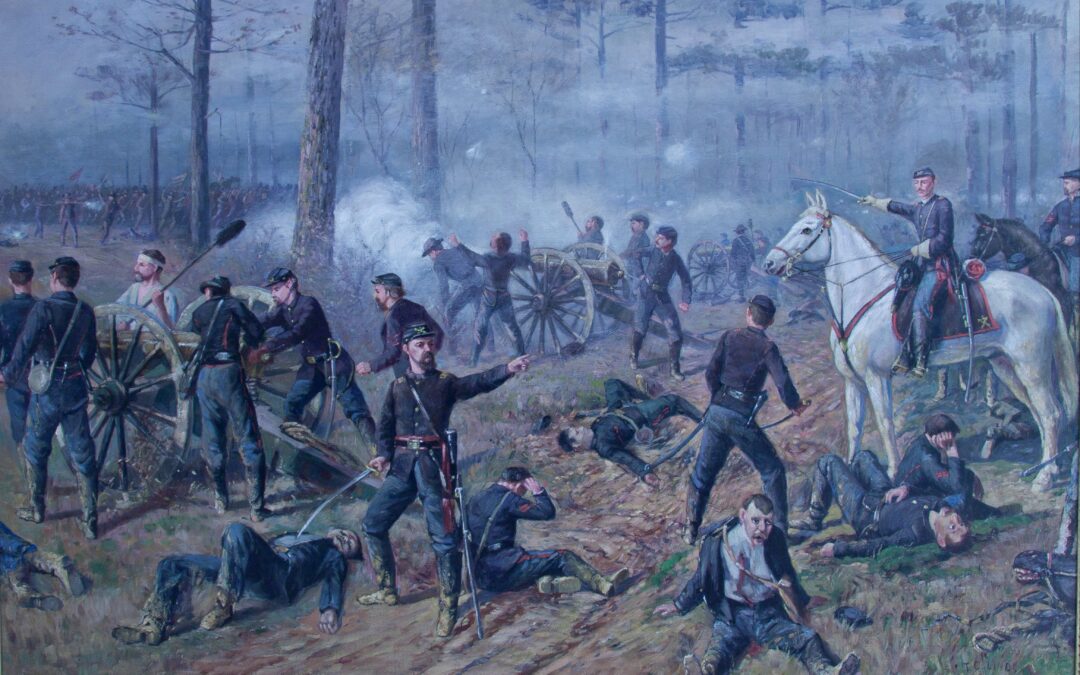
Civil War – The Battle of Shiloh
The first year of the American Civil War wasn’t a great one for the Union Army. Losses at places like Bull Run and Ball’s Bluff overshadowed a string of smaller but equally important battles across the country. President Abraham Lincoln’s general-in-chief, George B. McClellan, was highly regarded by his men but was difficult to deal with, increasingly insubordinate, and failed to follow up on his victories. However, a shining star was beginning to emerge in the Western Theater of the war. Ulysses S. Grant began the war in 1861 as a Colonel but was elevated to command a campaign along the Mississippi, Tennessee, and Cumberland Rivers by Maj. Gen. John C. Frémont. Grant, it would turn out, had the aggression necessary to take the fight to the rebels. He bloodied the Confederates at Fort Henry and Fort Donelson, the two most significant Union victories at the time, forcing the rebels out of Kentucky. The Battle of Shiloh: The Bloody Turning Point President Lincoln promoted Grant, now...

SSG Wilson Watson, U.S. Army (1942-1966)
Within the ranks of the military, there exists a certain rivalry between those who serve on the front lines and those who serve in the rear with the gear. While all jobs contribute to putting Americans in the fight, the Marines have long prized their beloved infantry above all. In modern terms, it is referred to as the "grunt versus POG debate" with POG referring to "persons other than grunts." In Vietnam, one might have heard the term REMF. Whatever one might call those in the rear, it would serve students of history well to hold their tongue before calling men like Army mess hall cook Wilson Watson a POG or REMF. Little would they know that they would be speaking of a former Marine who fought the Japanese Army alone for 15 minutes on Iwo Jima before the rest of his platoon caught up. The cook serving up a healthy dose of S.O.S on a plate had previously served up violence on Iwo Jima that would lead to the deaths of 60 enemy soldiers. Yes, quite literally, the soldier cracking eggs...

Korean War – The Battle of Chipyong-Ni
On June 25, 1950, the Korean War began when some 75,000 Soldiers from the North Korean People's Army (NPKA) poured across the 38th parallel and, within days, captured Seoul, the South Korean capital. For two months, the outnumbered South Korean army and the small American force fought numerous battles with NPKA as they withdrew down the Korean peninsula to the Pusan area at the southeast tip of Korea. It was here that they set up a final defensive perimeter where they were able to impede the enemy's advancement. To take the pressure off the continuous attacks by the NKPA, a counteroffensive began on Sept. 15th, when United Nations forces made a daring landing at Incheon on the west coast. The unexpected attack crushed the meager NPKA defenses within a few days, cutting off North Korean supply lines to the south. U.N. casualties during the Incheon landing and subsequent battles resulted in 566 killed and 2,713 wounded. In the fighting, the NKPA lost more than 35,000 killed and...
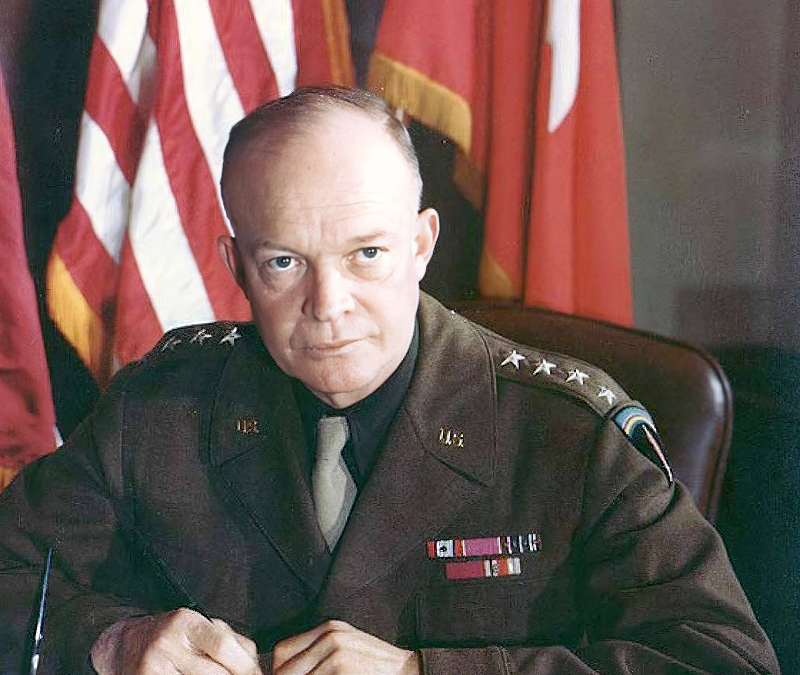
General Dwight D. Eisenhower’s Meteoric Rise
Speaking of Eisenhower, Field Marshal Lord Montgomery once said, "nice chap, no general." General George Patton once lamented that it was too bad that Eisenhower had no personal knowledge of war. General Omar Bradley would write that Eisenhower "had little grasp of sound battlefield tactics." That might seem like some pretty harsh criticism considering the West tends to look back on Eisenhower as the man who led the allies to victory in Europe. His iconic status was further cemented in history when he became President of the United States in 1952. However, the historical facts would prove that Eisenhower was but a LtCol at the start of 1941 and an officer who had never personally seen combat. Yet, that wouldn't stop him from getting the keys to one of the largest military force the world has ever known. General Dwight D. Eisenhower: A Mediocre Rise to Power Dwight D Eisenhower entered the halls of West Point in 1911 with a greater chance of becoming a football star than the Supreme...
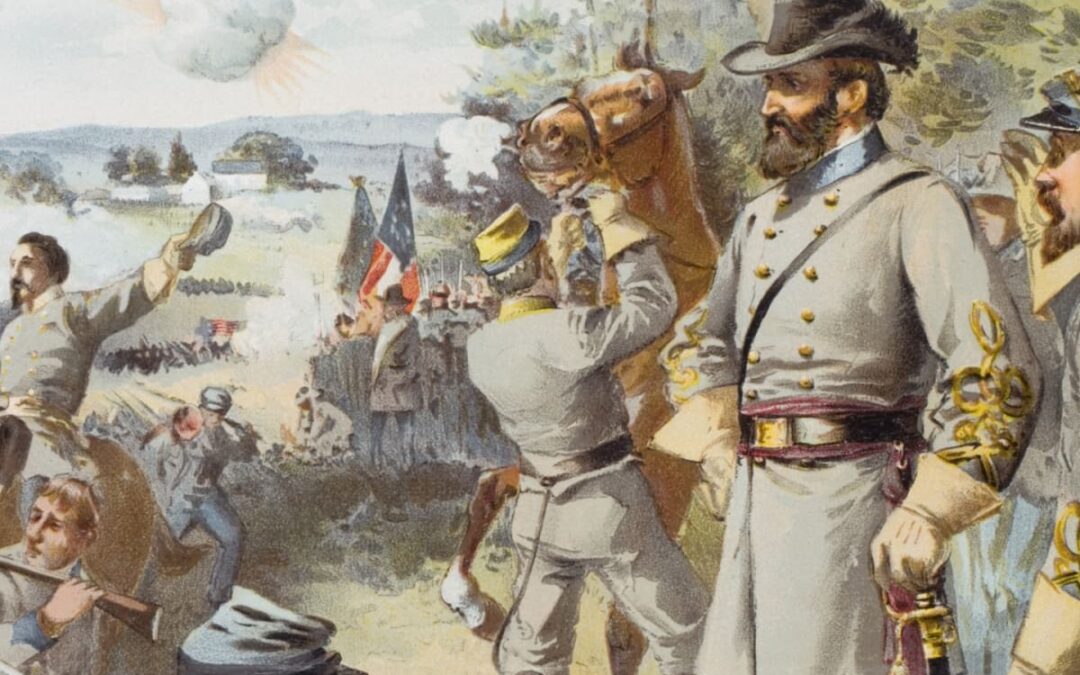
Civil War – The Civil War Within the Confederacy
The civil war within the Confederacy is often overshadowed by the actual Civil War. The American Civil War was a titanic struggle between the overwhelming numeric and material advantages of the Union, and the tactical and leadership advantages of the states that would form the Confederate States of America. In such a large conflict many stories, unfortunately, go untold and it becomes easy to oversimplify each side. The war did not become inevitable simply because of the Republican Party and the election of Abraham Lincoln to the executive branch of the federal government. Even describing the conflict as "North vs. South" is inaccurate to a degree, as support for the war was far from unanimous on either side. On occasions when dissent within each side is discussed today, the focus is almost always on the Union's Copperheads. However, it should be remembered that there was a vigorous pro-Union movement in the South, particularly in areas where not many people owned slaves....
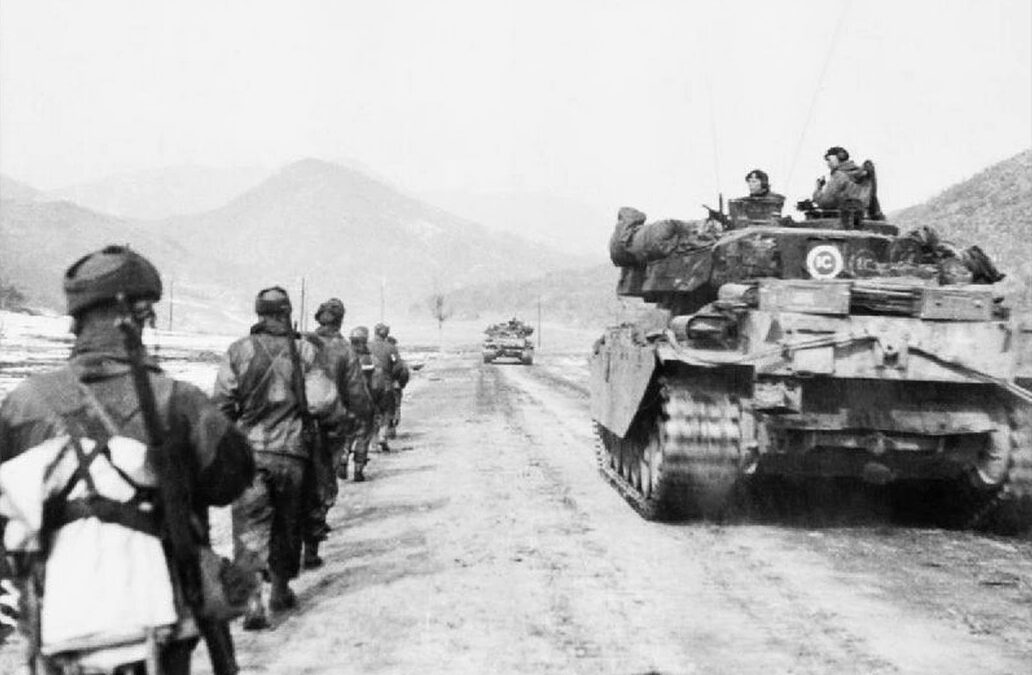
The Last Stand Of The Glorious Glosters
By April 1951, the Korean War had raged for nearly a year. The initial assault by North Korea into separate South Korea had been driven back to the 38th parallel - the border between the two nations. The North, aided by Chinese soldiers and Soviet resources, was still intent on conquering the South. United Nations troops, predominantly American but including forces from elsewhere in the world, were protecting the South. The Glorious Glosters: Holding the Line The Communist Army had been weakened by supply problems over the winter, but by March they had recovered and been reinforced. As UN troops under General Ridgway pushed north in the center, the Communists massed to attack in the west, where UN troops were deployed in defensive positions along the Imjin River. This stretch of the UN line was held primarily by the British 29th Brigade, led by Brigadier Brodie. Belgian forces guarded their right flank. With the majority of UN troops concentrated for Ridgway's advance, Brodie's...
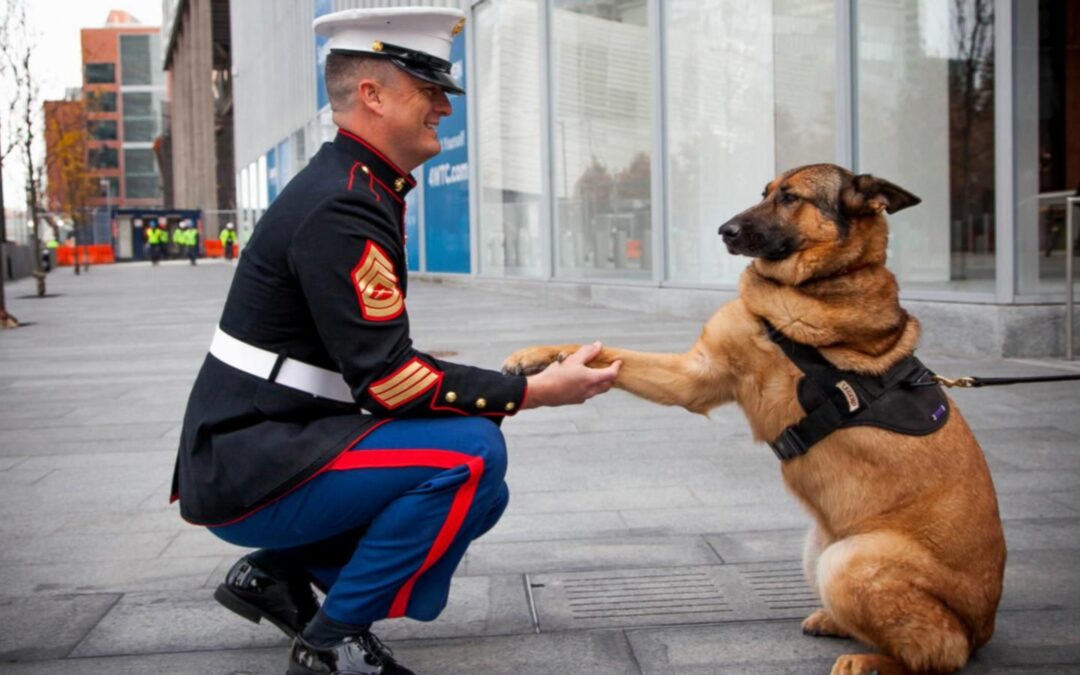
Four-Legged Military Hero – MWD Lucca
During the long war in Iraq and Afghanistan, coalition forces relied on thousands of military working dogs to help keep them safe by detecting explosives, finding illegal drugs, searching for missing comrades, or targeting enemy combatants. Dozen died in the line of duty. Others struggle with wounds and post-traumatic stress. Many have earned recognition for heroism. Among the heroes is Lucca, a highly skilled German Shepherd/Belgian Malinois mix trained to sniff out explosives and protect the combat Marines and Special Forces she served. Lucca is the Most Legendary Military Working Dogs Lucca and her military dog handler Marine Staff Sgt. Chris Willingham were together on two combat tours in Iraq. Later Lucca would have an Afghanistan tour with her new dog handler, Marine Corporal Juan Rodriguez. According to the Military Working Dog Team Support Association, Inc. Lucca is among the most legendary military working dogs. Through almost six years of military service, Lucca...